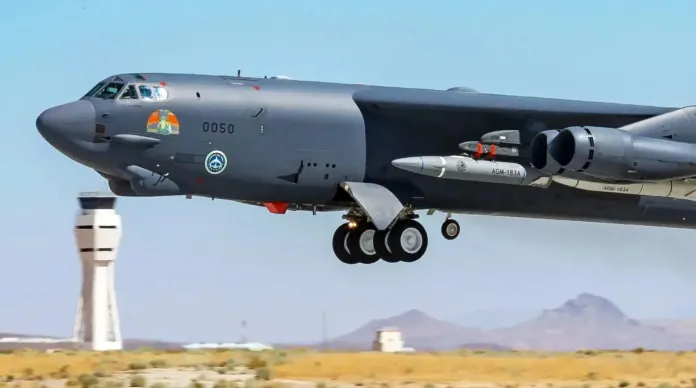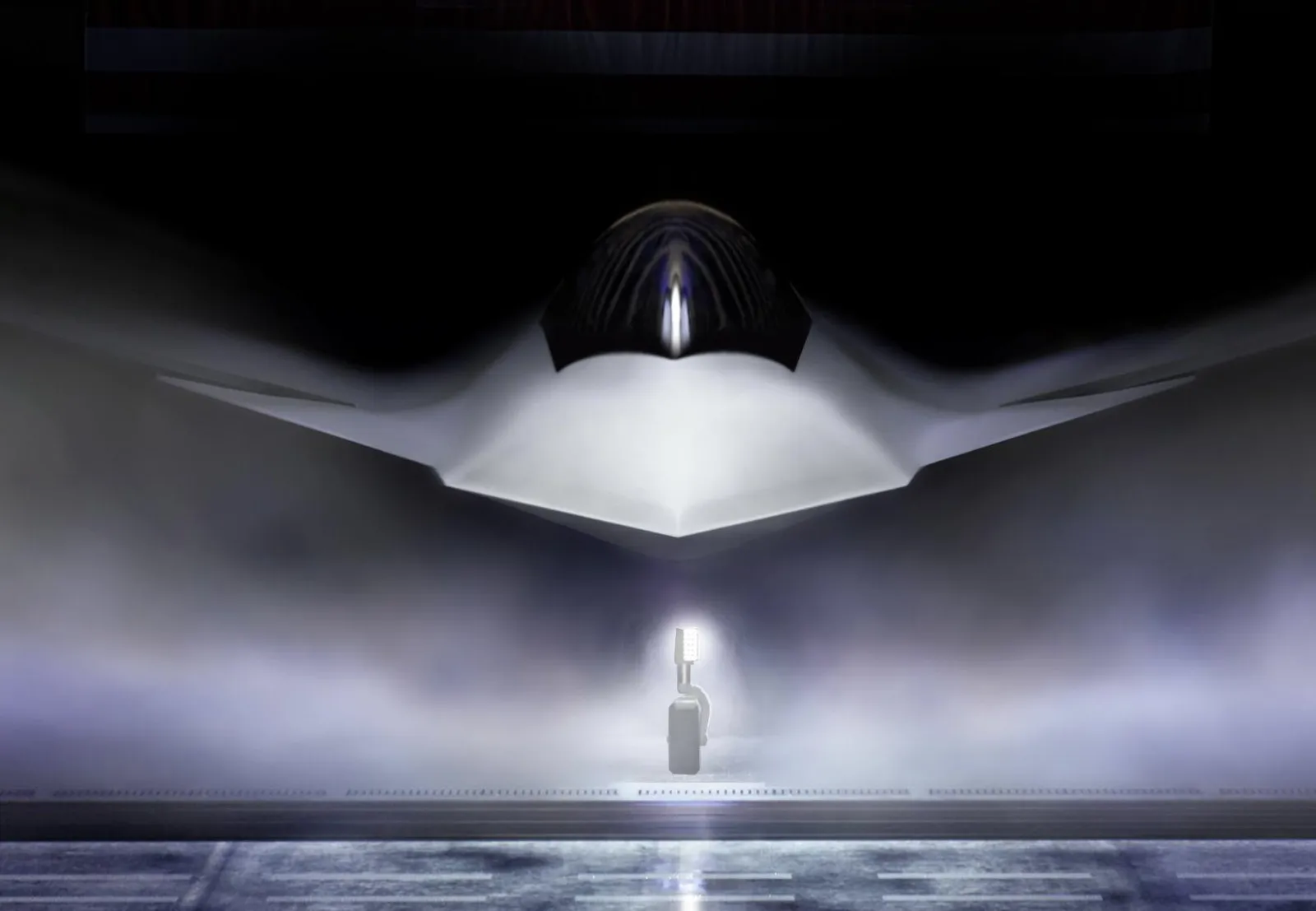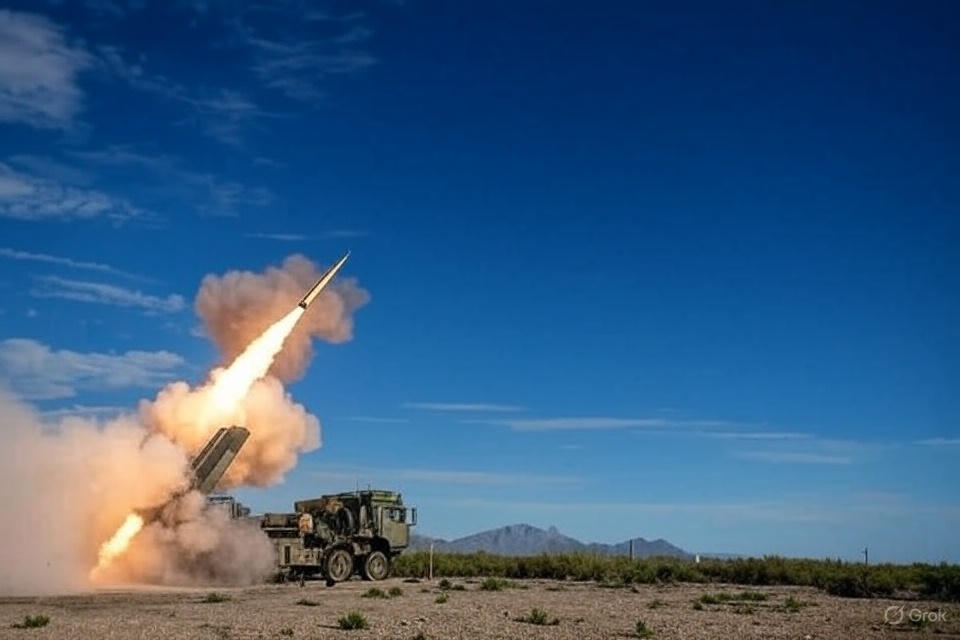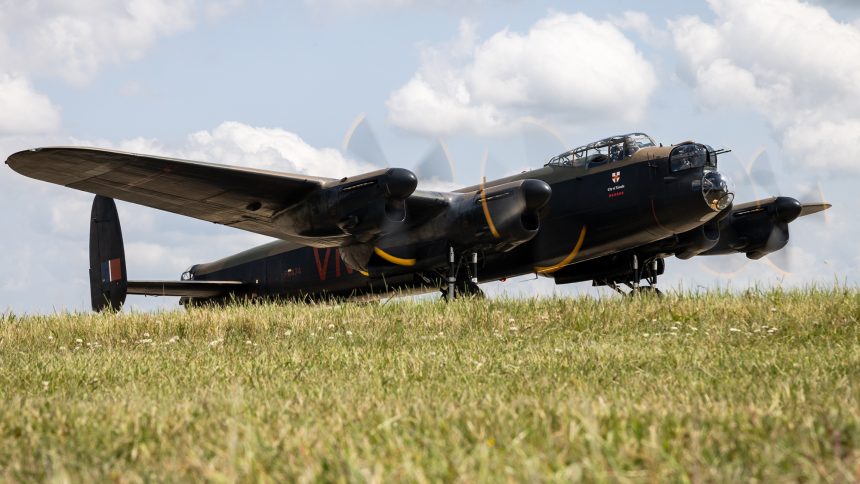On July 18, 2025, a U.S. Air Force (USAF) B-52 Stratofortress, one of the most enduring yet accident-prone aircraft in American military history, narrowly escaped disaster in a near mid-air collision with a Delta Air Lines regional jet over Minot, North Dakota. The incident, involving Delta Flight 3788 operated by SkyWest Airlines, underscored ongoing challenges in coordinating military and civilian air traffic in shared airspace, while adding another chapter to the B-52’s storied and tumultuous legacy. The quick thinking of the commercial pilot, who executed an “aggressive maneuver” to avoid the bomber, prevented what could have been a catastrophic collision, prompting investigations by the Federal Aviation Administration (FAA), SkyWest, and the USAF.
The incident occurred as Delta Flight 3788, an Embraer E175 carrying 76 passengers and four crew members from Minneapolis-Saint Paul to Minot International Airport, approached for landing. At approximately 7:50 p.m., the jet, descending to around 2,200 feet, encountered a B-52 Stratofortress from Minot Air Force Base, which was conducting a low-altitude flyover at the North Dakota State Fair to honor Minot as a “Great American Defense Community.” The B-52, flying at an estimated 1,000 feet, appeared in the commercial jet’s flight path without prior warning, forcing the pilot to perform a go-around, climbing to 4,150 feet and executing a U-turn before safely landing. Passenger Monica Green, seated in the front row, described the sudden, sharp turn: “We were completely sideways, and I was facing the grass. It was surreal, but the cabin stayed eerily calm.” The pilot later apologized, explaining, “For those on the right-hand side, you probably saw the airplane kind of coming at us. Nobody told us about it. Given its speed, it was a lot faster than us, so I felt the safest thing was to turn behind it. This is not normal at all.”
The pilot’s frustration was palpable, noting that Minot International Airport’s air traffic control (ATC), operated by a private company rather than FAA employees, lacks radar and relies on visual separation. “I don’t know why they didn’t give us a heads-up, because the Air Force base does have radar,” he said in a viral audio recording shared by Green. The USAF confirmed the B-52 was on an FAA-approved flight path, having coordinated with Minot Approach and the airport’s ATC. However, the tower failed to notify the B-52 crew of the inbound commercial jet, highlighting a critical lapse in communication. The FAA and SkyWest are investigating to determine why coordination failed, with U.S. Representative Betty McCollum calling for immediate radar installation at Minot to enhance safety.
Minot International Airport, located just 18 kilometers south of Minot Air Force Base, home to the 5th Bomb Wing’s 26 B-52s, operates in a complex airspace shared with military traffic. The B-52’s flyover, timed to coincide with a concert at the state fair, followed a planned route, with the bomber holding 12 miles east of the fairgrounds before crossing at 7:50 p.m. and proceeding west as directed. Despite this coordination, the absence of real-time communication about the Delta flight’s approach underscores the risks of joint-use airspace, especially given the B-52’s high speed and low-altitude operations. Posts on X have raised concerns about military aviation safety, with some users referencing a January 2025 mid-air collision near Reagan National Airport, where an Army Black Hawk helicopter struck an American Eagle jet, killing 67 people.
The B-52 Stratofortress, affectionately nicknamed “BUFF” (Big Ugly Fat Fellow), has been a cornerstone of USAF strategic bombing since its introduction in 1955. Designed by Boeing, the eight-engine, long-range bomber boasts a combat range of 8,800 miles without refueling and can carry nuclear or precision-guided conventional ordnance at altitudes up to 50,000 feet. With 58 active-duty aircraft split between Minot and Barksdale Air Force Bases, 18 reserve units, and 12 in storage at Davis-Monthan’s “Boneyard,” the B-52 remains vital to U.S. global strike capabilities, with upgrades ensuring service beyond 2050. However, its extensive combat history and operational intensity have made it one of the USAF’s most accident-prone aircraft, with a record of losses in both combat and non-combat scenarios.
Notable B-52 Losses
The B-52’s history is marred by significant losses, particularly during the Vietnam War. In November 1972, a B-52D was struck by a North Vietnamese SA-2 surface-to-air missile during a raid over Vinh, marking the first combat loss of a Stratofortress. The crew abandoned the aircraft over Thailand. The following month, during Operation Linebacker II’s “Christmas Bombings,” the USAF lost 15 B-52s, with six shot down in a single day by S-75 missiles. Nine additional bombers returning to U-Tapao were too damaged to fly again, and five sustained medium damage, compounding the toll. North Vietnamese claims of two B-52s downed by MiG-21s remain unverified by the U.S.
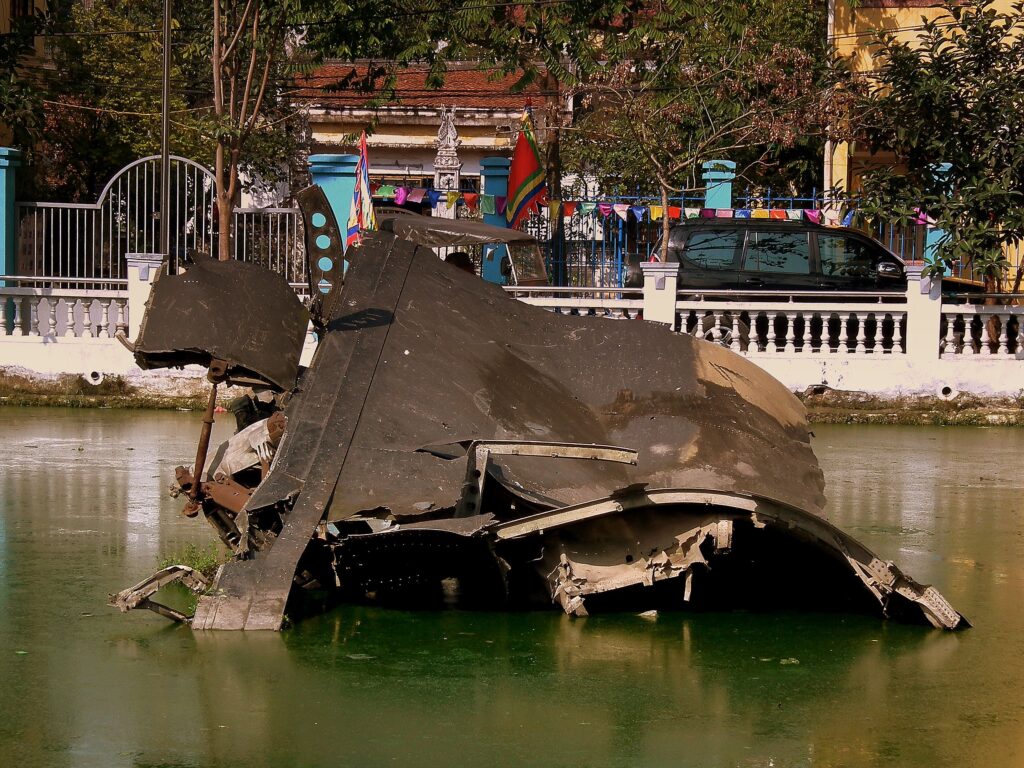
Beyond Vietnam, the B-52 faced losses in other conflicts and non-combat incidents. During the Gulf War, a B-52G crashed into the Indian Ocean near Diego Garcia due to engine and electrical issues, while another was damaged by a possible Iraqi MiG-29 missile or friendly fire. Non-combat accidents include a 1961 incident where a New Mexico Air National Guard F-100A Super Sabre accidentally shot down a B-52B during an exercise. That same year, a B-52G vanished over the Atlantic during a mock attack, its fate unknown. In 1980, a ground fire at Robins AFB destroyed a B-52G, and in 1982, two more were lost—one to a post-landing fire and another during takeoff. A 1983 crash into a Utah mountainside and a 1994 training mission stall at Fairchild AFB, caused by pilot error, further added to the tally. In 2008, a B-52H crashed off Guam during a Liberation Day flypast due to improper stabilizer trim, and in 2016, a bird strike caused an unrecoverable crash during takeoff at Andersen AFB.
These incidents, combined with numerous technical malfunctions over decades, highlight the B-52’s operational risks. With fewer than 80 aircraft currently operational, the recent Minot near-miss is a stark reminder of the need for improved coordination in shared airspace. The incident’s proximity to the state fair, attended by thousands including North Dakota Governor Kelly Armstrong, was captured on video by a concertgoer, showing the B-52 and Delta jet converging. The FAA’s investigation will focus on ATC procedures, radar deficiencies, and military-civilian coordination, while SkyWest examines pilot decision-making and communication protocols.
The B-52’s role extends beyond U.S. borders, with deployments to contested regions like the South China Sea, where a 2023 close encounter with a Chinese J-11 jet raised collision concerns. As the USAF continues to rely on the B-52 alongside the B-1B Lancer and B-2 Spirit, its history of accidents—combat-related and otherwise—underscores the challenges of operating a 70-year-old platform in modern airspace. The Minot incident, while averted, amplifies calls for enhanced safety measures, including mandatory ADS-B transponder use for military aircraft and radar upgrades at civilian airports near military bases. As investigations proceed, the B-52’s legacy as a resilient yet vulnerable workhorse endures, with its latest close call serving as a critical wake-up call for aviation safety.

